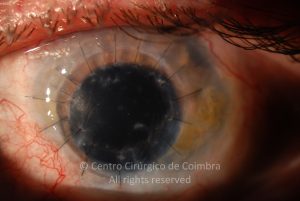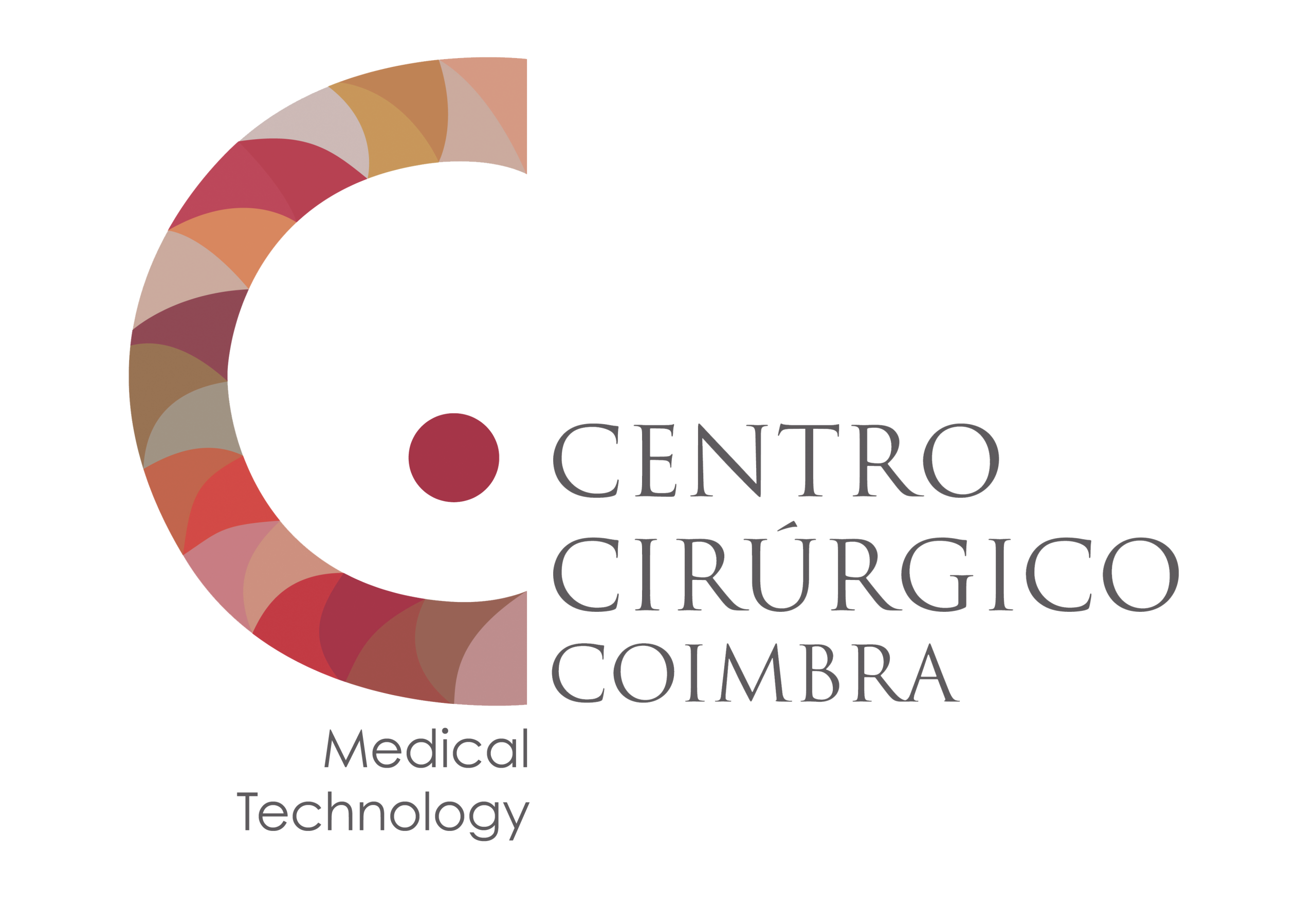Corneal transplantation, also known as corneal graft or keratoplasty, is a surgical procedure where a damaged or diseased cornea is replaced by donated corneal tissue.
If the cornea gets hazy or cloudy, or if the shape of the cornea becomes irregular, vision can be impaired. Some of the ocular diseases that can significantly damage the cornea are the keratoconus, corneal scarring from trauma and infection, and the inherited corneal conditions (dystrophies) like Fuchs dystrophy, lattice dystrophy, and others.
For the treatment of these lesions there are several types of cornea transplants depending on which part of the cornea is damaged or how much of the cornea needs replacing, which are the following:
- Penetrating keratoplasty – this involves transplanting all the layers of the cornea from the donor.
- Lamellar keratoplasty -selected corneal layers are transplanted: endothelium (DSAEK – Descemet’s Stripping Automated Endothelial Keratoplasty); replacement and reshape of the outer and middle cornea (DALK – Deep Anterior Lamellar Keratoplasty).
As with all types of surgery, there is a risk of complications resulting from a cornea transplant. These can include the new cornea being rejected by the body, infection and further vision problems.









